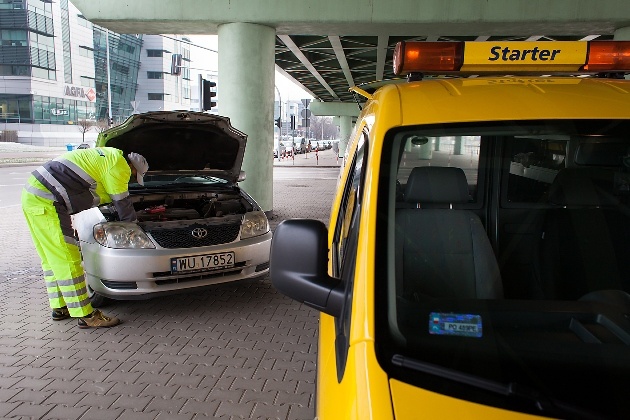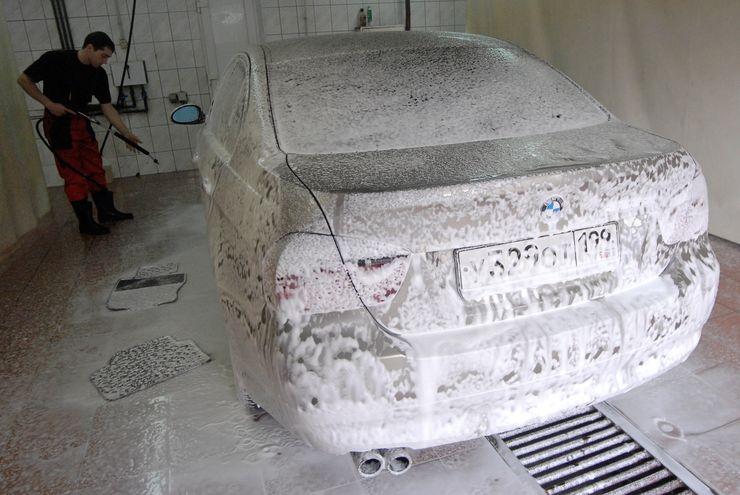
High temperatures damage cars
 The experience of starter mechanics shows that when high temperatures occur, the engine, battery and wheels most often fail in a car.
The experience of starter mechanics shows that when high temperatures occur, the engine, battery and wheels most often fail in a car.
If the engine coolant temperature can temporarily reach 90-95 degrees Celsius, for example, during a long climb in the heat, and the driver should not worry about it, then the liquid temperature above 100 degrees Celsius should alert every driver.
According to the Starter mechanics, there could be several reasons:
- failure of the thermostat - if it malfunctions, the second circuit does not open and the coolant does not reach the radiator, so the engine temperature rises; to eliminate the malfunction, it is necessary to replace the entire thermostat, because. it is not being repaired.
- leaky cooling system - while driving, the pipes can burst, which ends with a sharp increase in temperature and the release of clouds of water vapor from under the hood; in this case stop immediately and turn off the engine without lifting the hood due to the hot steam.
- broken fan - has its own thermostat that activates it at high temperatures, when the fan fails, the engine cannot maintain the correct temperature, for example, standing in a traffic jam.
- failure of the coolant pump - this device is responsible for the circulation of liquid through the cooling system, and if it breaks down, the engine runs with little or no cooling.
“Running the engine at extremely high temperatures can damage rings, pistons and the cylinder head. In such situation  the driver will have an expensive repair in a specialized garage, so it is worth checking the coolant level on an ongoing basis and monitoring the engine temperature while driving,” added Jerzy Ostrovsky, Starter mechanic.
the driver will have an expensive repair in a specialized garage, so it is worth checking the coolant level on an ongoing basis and monitoring the engine temperature while driving,” added Jerzy Ostrovsky, Starter mechanic.
Batteries are particularly prone to self-discharge in hot weather, so it's worth checking their state of charge, especially if we have an older type of battery, rarely use it, or intend to leave the car for a long time. In a non-operating vehicle, there is a constant current consumption from the battery of about 0,05 A, which is generated by a triggered alarm or controller memory support. Therefore, it should be remembered that in summer the natural discharge rate of the battery is the greater, the higher the outside temperature.
High ambient temperatures also increase the operating temperature of the tires, which leads to softening of the tread rubber. As a result, the tire becomes more flexible and is subjected to more deformation and, as a result, accelerated wear. That is why it is so important to constantly monitor tire pressure. Tires achieve the greatest mileage when their pressure is within the vehicle manufacturer's recommendations, because only then does the tread surface adhere to the ground across the entire width of the tire, which then runs evenly.
“Incorrect pressure not only affects premature and uneven tread wear, but can also cause a tire to burst while driving when it gets too hot. A properly inflated tire will reach its design operating temperature after about an hour of driving. However, at a pressure lower than just 0.3 bar, after 30 minutes it heats up to 120 degrees C, ”said Artur Zavorsky, Starter technical specialist.

